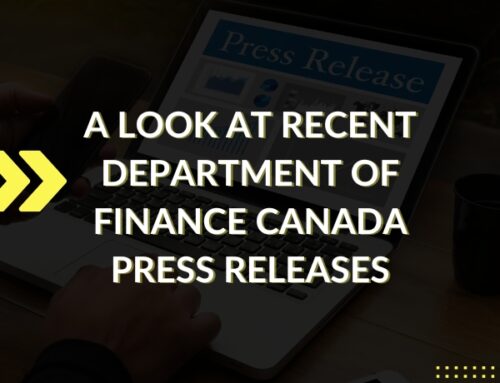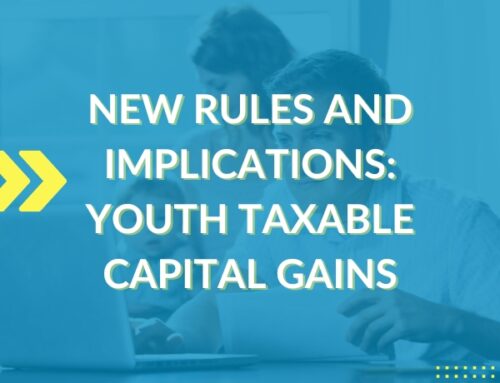Authored by Bateman MacKay.
Prescribed Rate Loan.
A prescribed rate loan (PRL) transaction represents a legitimate and often effective family tax planning technique. This income splitting opportunity can be accomplished where a family member in a higher tax bracket makes a prescribed rate loan to a family member in a lower tax bracket. The recipient of the loan invests the borrowed money and earns investment income, which forms part of his/her taxable income that would have otherwise been included as taxable income of the higher tax bracket family member.
Interest is payable (at the prescribed rate at the time of the loan) by the recipient of the loan by January 30th of the following calendar year. The interest paid by the loan recipient is deductible from his/her taxable income. The interest received by the higher tax bracket family member is included in his/her taxable income.
Why Act Now
Effective July 1, 2022, this tax planning method becomes significantly less desirable with the increase in the Department of Finance’s prescribed interest rate from 1% to 2%. As such, taking action on implementing a PRL strategy should be completed by June 30, 2022, to get the most from this tax planning opportunity.
Prescribed Rate Loan Example
To illustrate this concept, assume a highest tax bracket Parent in Ontario makes a $100,000 prescribed rate loan to a minor child who has no other sources of income. The loan is subject to an interest rate of 1% and assume the child earns 4% interest as their return on investment. The following table illustrates the tax applicable pursuant to the prescribed rate loan strategy:
| Parent | Child | |
| Interest Income | $1,000 | $4000 |
| Interest deduction | Nil | $1,000 |
| Net taxable income | $1,000 | $3,000 |
| Personal Tax | $535 | Nil |
If the Parent in the above example did not make the $100,000 PRL to the Child, the Parent’s taxable income would have been $4,000 and the taxes payable would have been $2,140 [$4,000 x 53.5%] as opposed to $535 under the PRL tax plan. The prescribed rate loan transaction will therefore result in a tax savings of $1,605.
Contact Bateman MacKay
Effective tax planning for a PRL transaction must be in place to maximize the tax saving opportunities. If not implemented properly, there may be double taxation. If you have any questions about a new or pre-existing prescribed rate loan, or any other tax planning strategies, you can contact a Bateman MacKay Business Advisor at [email protected]






